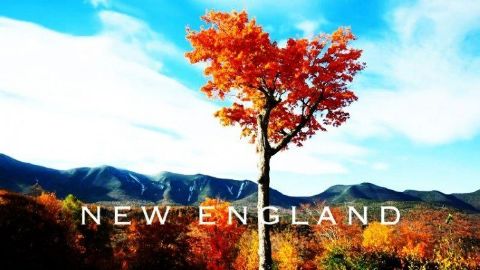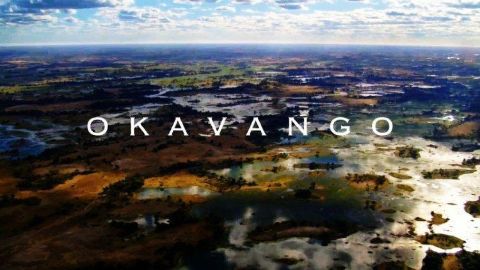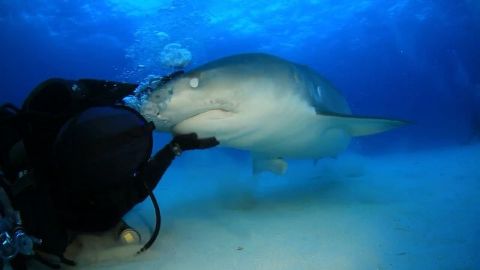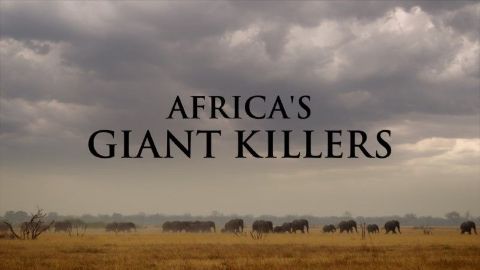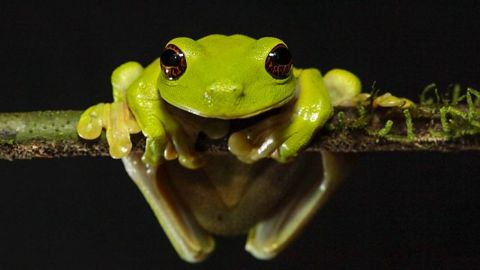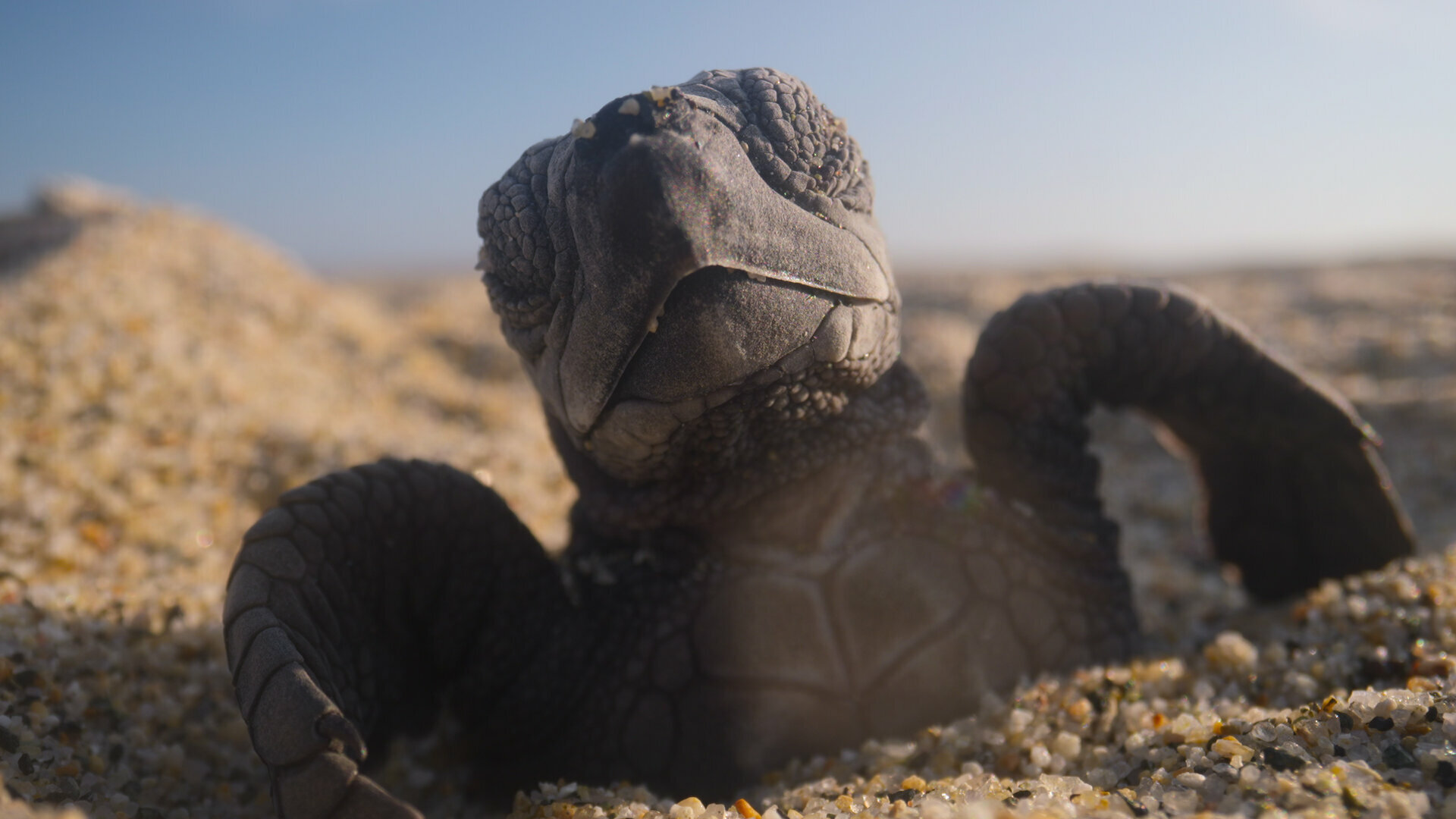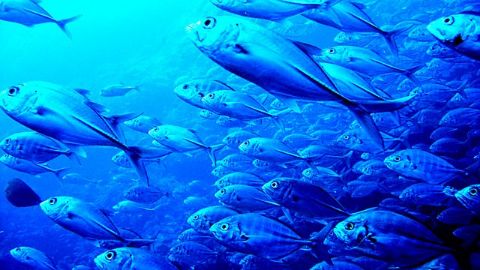Svalbard • 2016 • episode "S1E2" • Earth's Greatest Spectacles
Svalbard in the Arctic spends many months of the year in complete darkness, an unrelenting frozen winter with temperatures down to -40 Celsius. But when the sun finally reappears, the landscape magically transforms from an ice world into a rich tundra, full of exotic plants, birds, arctic foxes, polar bears, walrus and reindeer. This film captures the changes in all their glory and reveals how this transformation is only possible thanks to some bizarre micro-organisms that feed on ice and the stunning abilities of migrating birds.
Make a donation
Buy a brother a hot coffee? Or a cold beer?
Hope you're finding these documentaries fascinating and eye-opening. It's just me, working hard behind the scenes to bring you this enriching content.
Running and maintaining a website like this takes time and resources. That's why I'm reaching out to you. If you appreciate what I do and would like to support my efforts, would you consider "buying me a coffee"?
Donation addresses
BTC: bc1q8ldskxh4x9qnddhcrgcun8rtvddeldm2a07r2v
ETH: 0x5CCAAA1afc5c5D814129d99277dDb5A979672116
With your donation through , you can show your appreciation and help me keep this project going. Every contribution, no matter how small, makes a significant impact. It goes directly towards covering server costs.
